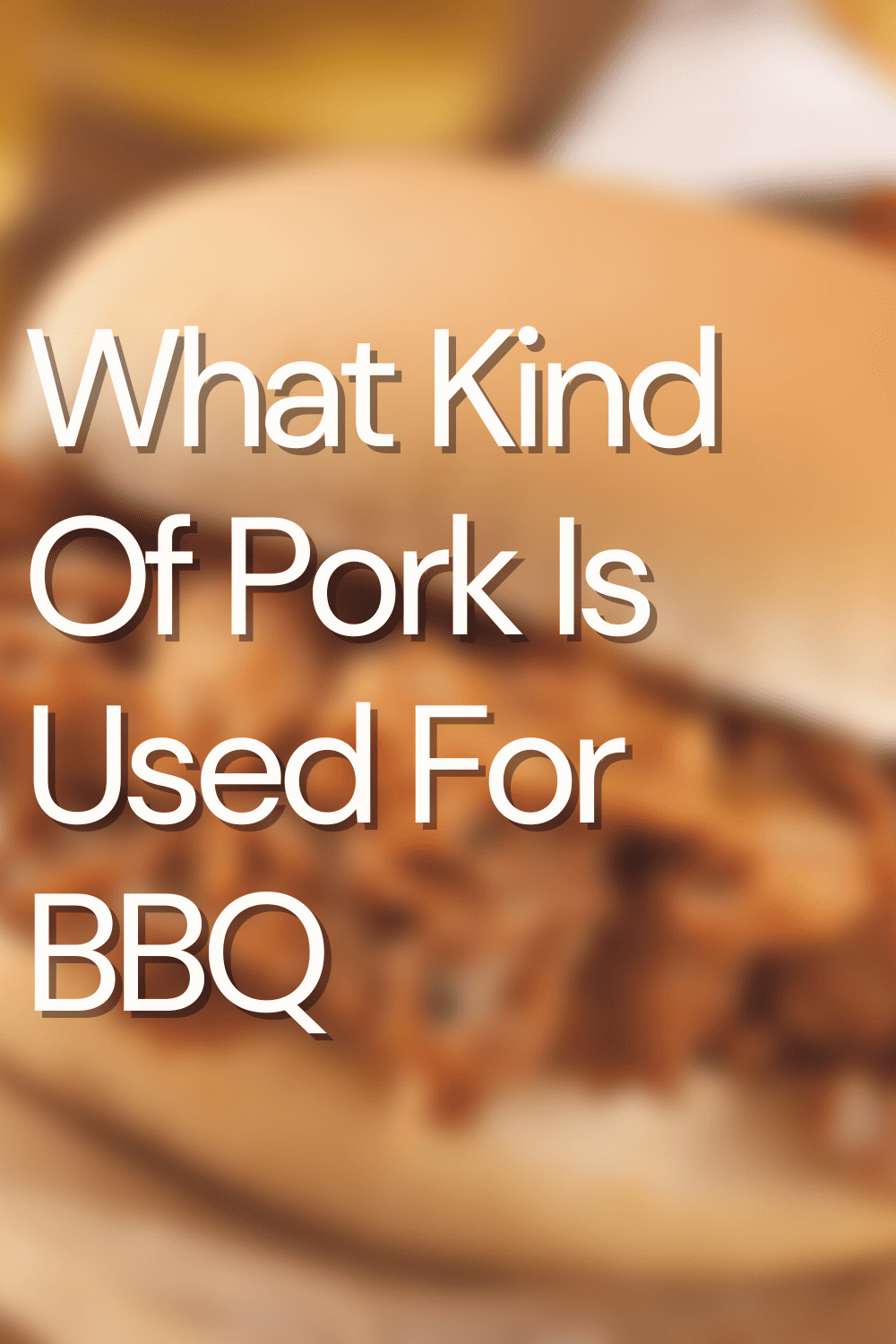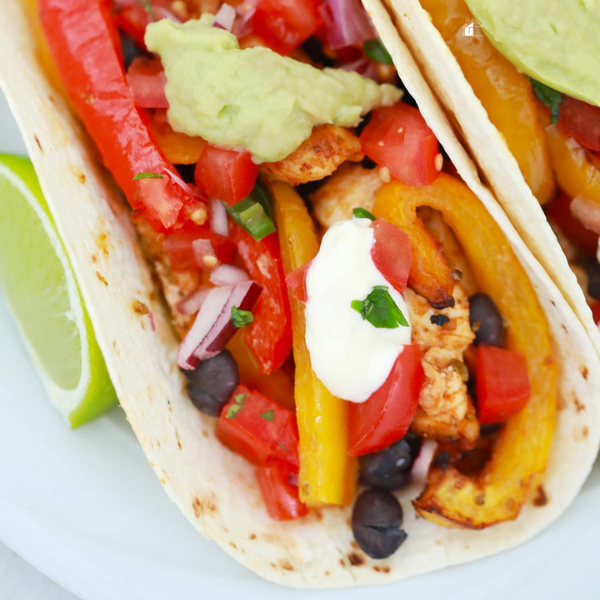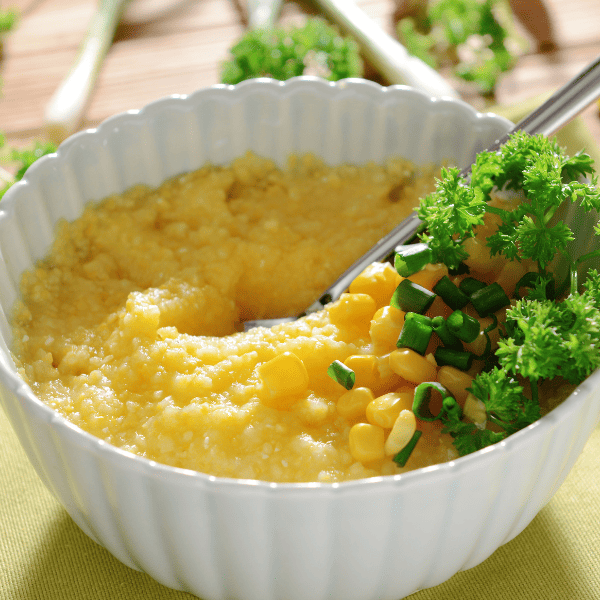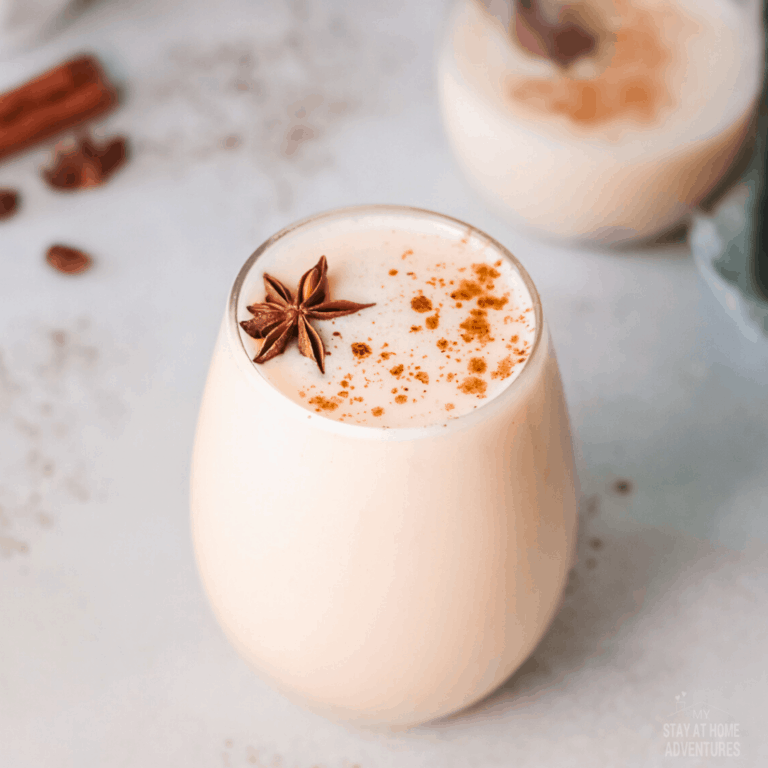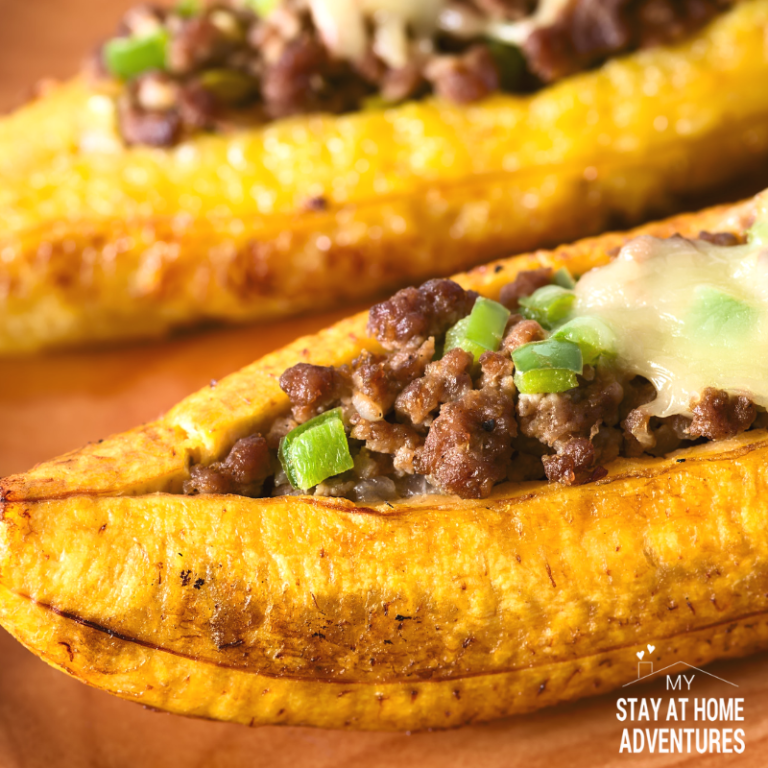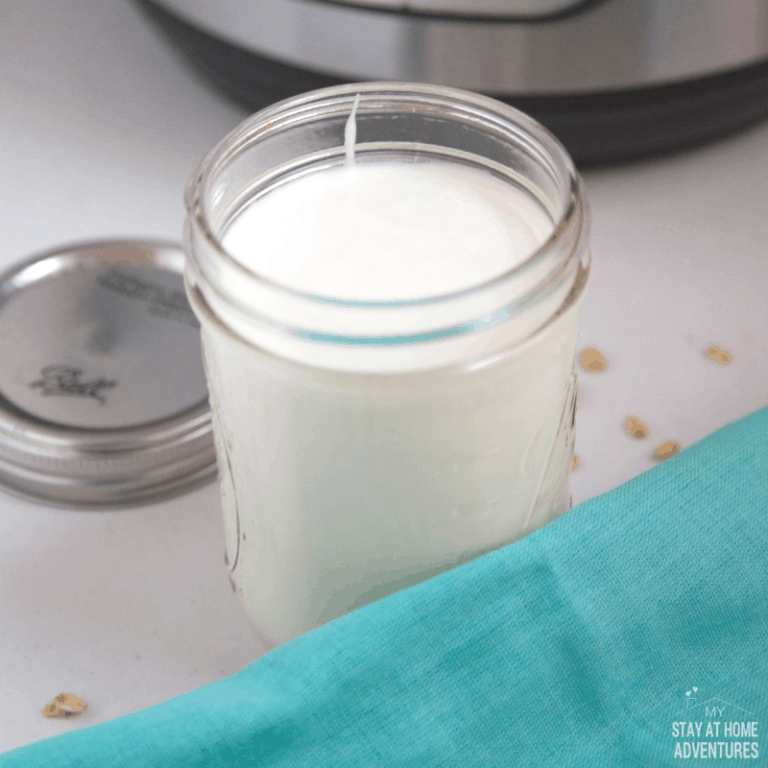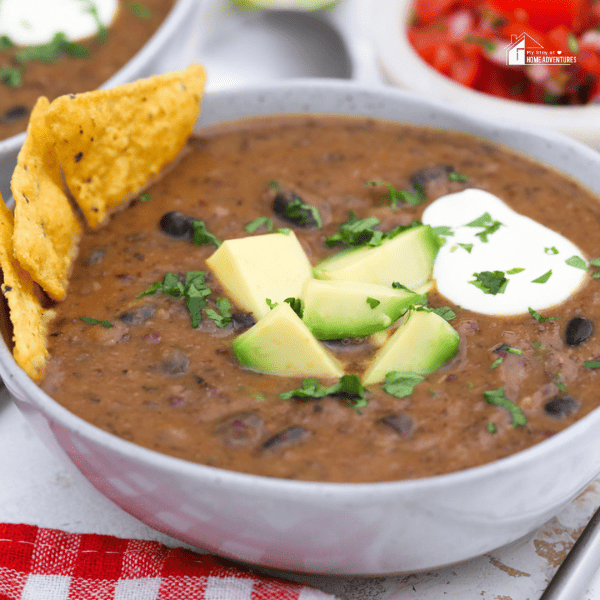What Kind Of Pork Is Used For BBQ?
This post may contain affiliate links which might earn us money. Please read my Disclosure and Privacy policies hereWhat kind of pork is used for BBQ? Let's find out! Pork is a popular barbeque choice due to its versatility and distinct taste. This flavorful meat can be prepared in numerous ways, each method offering a unique flavor and texture profile. However, choosing the right cut for the barbeque method you're using is essential.
Not all cuts of pork are created equal, and what may work well for a slow smoke won't necessarily yield the same results on a fast grill. To truly master the art of barbequing pork, understanding the different pork variations is crucial.
The shoulder is the most commonly used cut of pork for BBQ, especially for making pulled pork. This includes both the pork butt, which is higher on the foreleg, and the pork shoulder, which is farther down. These cuts are preferred due to their intramuscular fat and marbling, which melts during slow cooking, resulting in juicy, tender meat that shreds easily.
While other cuts like the loin can be used, they often require cutting at least an inch thick to prevent drying out while grilling. Therefore, pork shoulder or pork butt is often the top choice for BBQ for optimal flavor and texture.
Let's explore what kind of pork is used for BBQ even further by going over variations of pork, cooking methods, and seasonings.
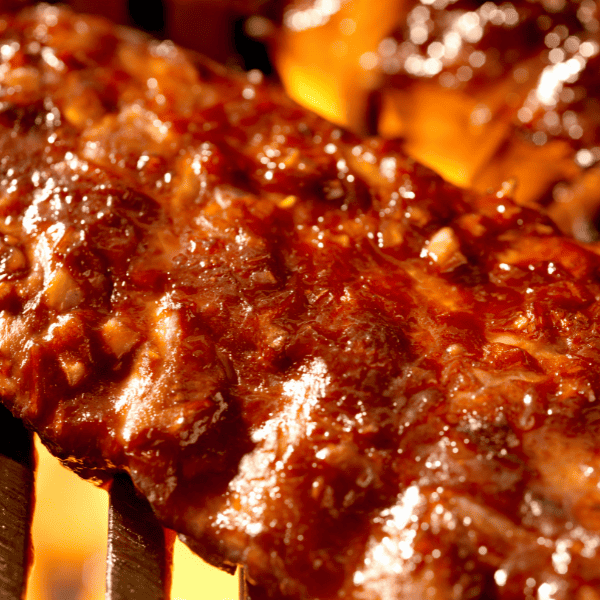
Variations Of Pork
There is a wide array of pork cuts, and each one brings something unique to the barbeque.
As such, a deep dive into the variations of pork can significantly enhance your BBQ experience.
Pork Shoulder: Skin On Or Off?
A common question among BBQ enthusiasts is whether to leave the skin on or off when barbequing pork shoulder.
Pork shoulder is known for its tough, flavorful meat that softens to tender perfection when cooked slowly.
The skin can add a delightful crispy texture and also helps retain the meat's natural juices during cooking.
However, removing the skin may be the better option if the goal is to allow the flavors of a dry rub or marinade to penetrate deeply into the meat.
Without the skin, the seasonings have direct contact with the meat, resulting in a more flavorful result.
So, deciding whether to leave the skin on or off depends largely on your preference and the flavor profile you're aiming for.
Pork Ribs: Baby Back Vs. St. Louis Style
Two main types stand out regarding ribs: Baby Back ribs and St. Louis Style ribs.
Baby Back ribs are leaner and smaller, providing a delicate flavor that many BBQ enthusiasts love.
Because of their smaller size, they cook quicker and are great for those who don't have the time for a long smoking process.
On the other hand, St. Louis Style ribs are larger and have more meat, albeit with higher fat content.
This higher fat content means that they need longer to cook but can result in a more flavorful and succulent end product.
St. Louis Style ribs can offer a deliciously satisfying BBQ experience when properly prepared.
You might enjoy these posts:
Pork Belly: A Rich Choice For BBQ
If you're searching for a rich, fatty, and indulgent cut of pork for your BBQ, look no further than pork belly.
This cut comes from the pig's underside and is the same cut used to make bacon.
With its alternating layers of meat and fat, pork belly brings an unctuous texture and flavor that is hard to match.
It's particularly excellent when slow-cooked, as the lengthy cooking time allows the fat to render out and the meat to become incredibly tender.
Glazed with a sweet or spicy BBQ sauce, pork belly can make an impressive centerpiece for any BBQ meal.
BBQ Methods For Pork
The different BBQ methods for pork play a vital role in determining the final texture and flavor of the meat.
From the slow, smoky flavor imparted by a smoker to the high-heat searing of a grill, the choice of BBQ method can significantly affect the pork's taste.
Smoking: For A Deep, Rich Flavor
Smoking is a time-honored BBQ method that involves cooking meat at low temperatures over a long period.
This slow, gentle cooking allows the flavors of the wood smoke to permeate the pork, resulting in a deep, rich flavor.
Tougher cuts of pork, such as shoulder or ribs, benefit greatly from smoking, as the long cooking time allows the tough fibers in the meat to break down and become tender.
Grilling: For A Quick And Flavorful BBQ
Unlike smoking, grilling involves cooking the pork over high heat for a short time.
This method is excellent for leaner cuts of pork, like tenderloins or chops, as the high heat quickly seals in the juices and flavors.
While grilling doesn't offer the same deep, smoky flavor as smoking, it provides a deliciously charred and smoky exterior many people love.
Slow-Cooking: For Fall-Off-The-Bone Tenderness
Slow cooking involves cooking the pork at a low temperature for several hours.
This method is excellent for tougher cuts of pork, such as the shoulder or ribs, as it makes the meat incredibly tender and flavorsome.
In addition, slow-cooking in a covered BBQ or using a crockpot can also help retain the pork's natural juices, leading to moist and succulent meat.
Seasoning And Marinating Pork For BBQ
The seasoning and marinating process can significantly influence the pork's final flavor.
From a simple salt and pepper rub to a complex, multi-ingredient marinade, the right flavorings can elevate your BBQ pork to new heights.
Dry Rubs: A Simple Way To Add Flavor
Dry rubs are a mixture of dried herbs, spices, and sometimes sugar, all rubbed into the pork before it's cooked.
They're a fantastic way to add flavor to the meat without adding extra moisture, which can be beneficial when smoking or grilling.
The spices used in the rub can be adjusted according to personal preference, making dry rubs a versatile choice for any BBQ pork.
Marinades: For A Deeply Flavored Result
Marinades, on the other hand, are liquid mixtures in which the pork is soaked before cooking.
They often contain an acidic component like vinegar or citrus juice, which helps to tenderize the meat, and a variety of flavorings like herbs, spices, and aromatics.
The pork should be marinated for several hours, or even overnight, to allow the flavors to permeate deeply into the meat.
Glazes And Sauces: The Finishing Touch
Lastly, glazes and sauces can add a final flourish of flavor to your BBQ pork. Applied toward the end of cooking, they can give the meat a deliciously sticky, sweet, or spicy finish.
Whether you opt for a classic BBQ sauce, a tangy vinegar-based mop, or a sweet honey glaze, the choice of sauce or glaze can add an exciting dimension to your BBQ pork.
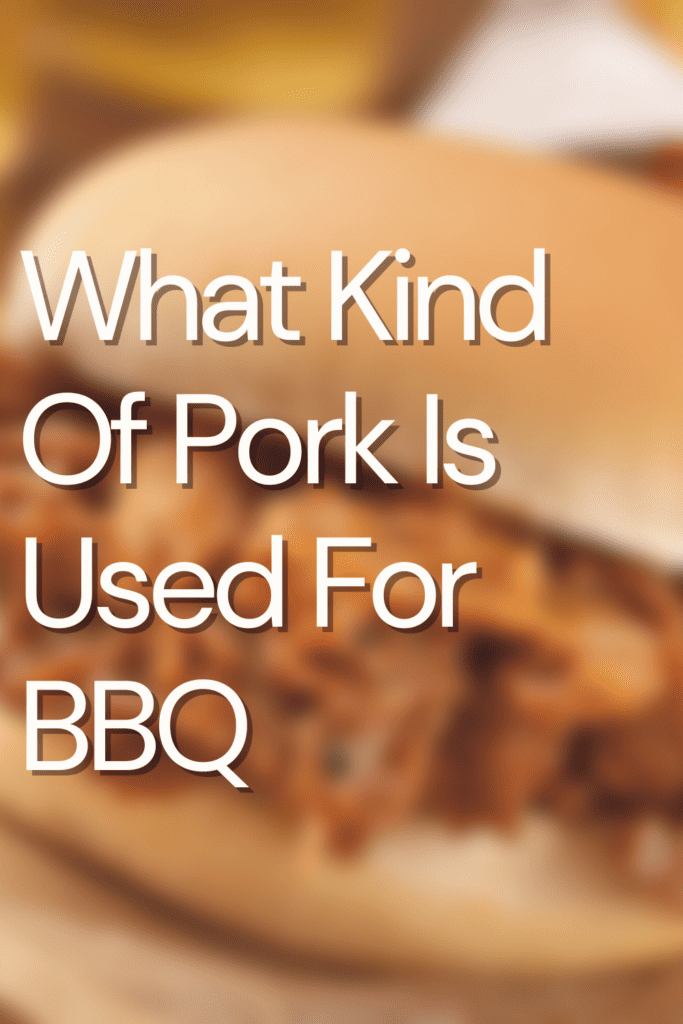
Mastering the art of BBQ pork involves understanding the different cuts, selecting an appropriate cooking method, and skillfully using seasonings and marinades.
Whether it's a smoky pork shoulder, juicy ribs, or succulent pork belly, knowing these key aspects will allow you to elevate your BBQ experience to new culinary heights.

